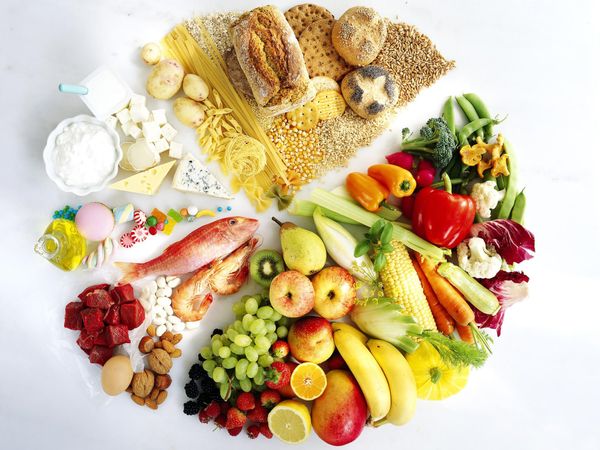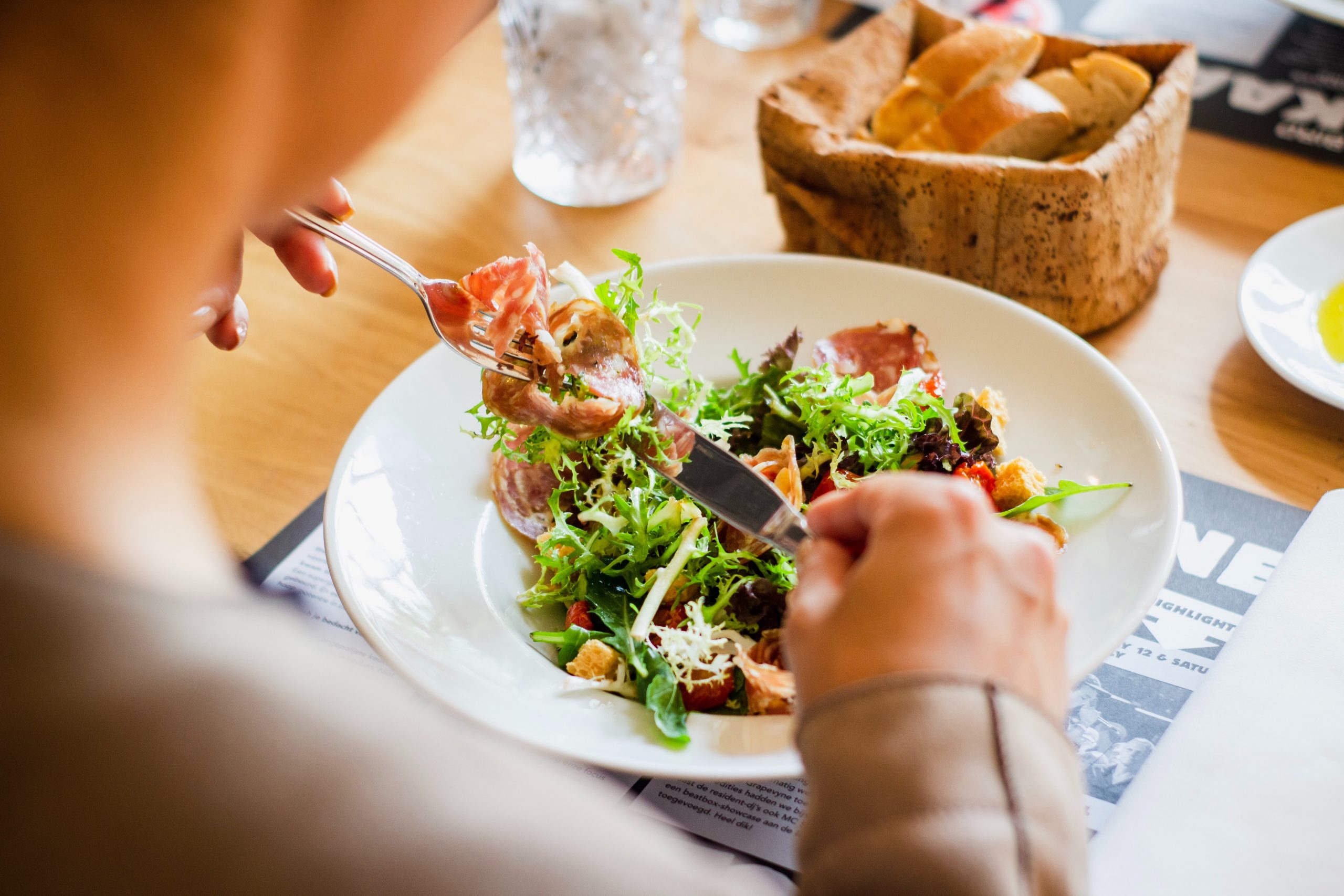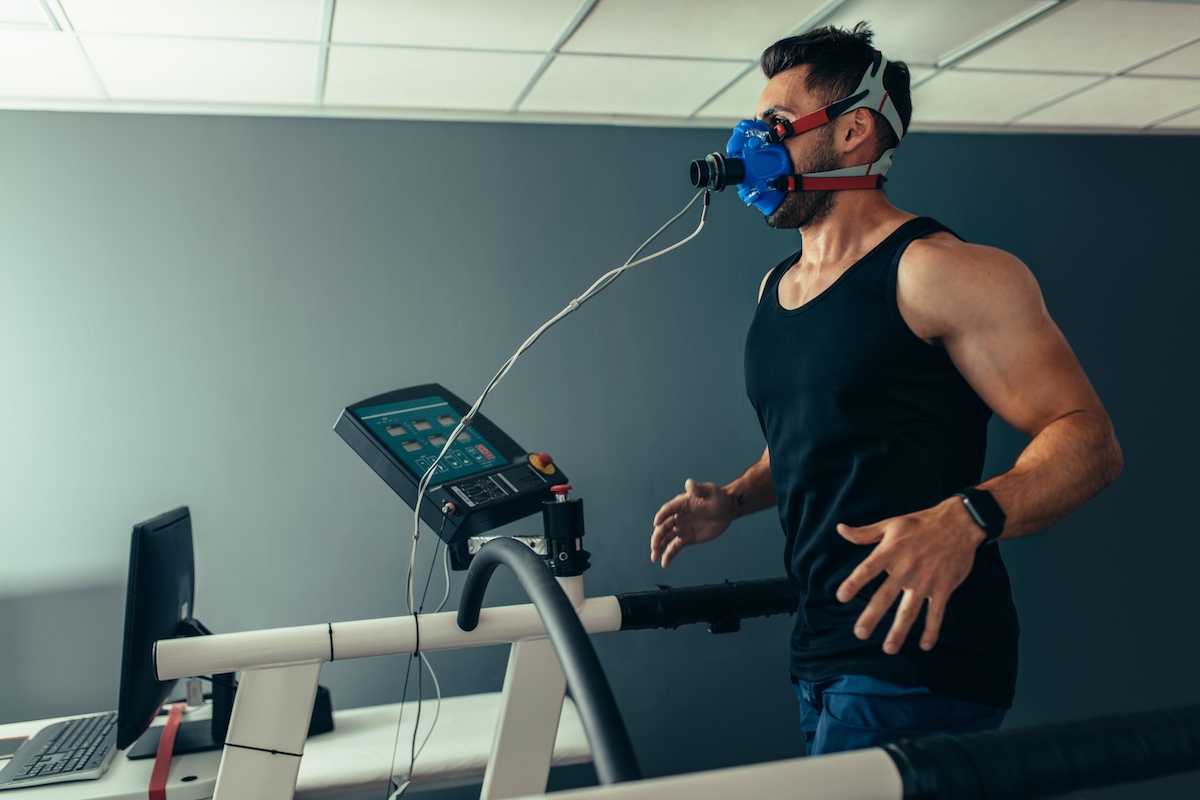If we consistently take in more energy than we need, we will gain weight. If we take in too little energy, we will lose weight, fat, and eventually muscle mass.
The definition of a calorie is the amount of energy needed to raise the temperature of 1 gram (g) of water through 1° Celsius.
The type and amount of food we eat determine how many calories we consume. For many people on a weight-loss diet, the number of calories in a food is a deciding factor in choosing whether or not to eat it.
How and when we eat can also make a difference, as the body uses energy differently throughout the day. Our body’s energy use will depend on how active we are, how efficiently our body uses the energy, and our age.
According to the 2015-2020 Dietary Guidelines for Americans, women are likely to need between 1,600 and 2,400 calories a day, and men from 2,000 to 3,000. However, this depends on their age, size, height, lifestyle, overall health, and activity level.
Fast facts on calorie intake and use
- Recommended calorie intake depends on factors such as age, size, height, sex, lifestyle, and overall general health.
- Recommended daily calorie intakes in the US are around 2,500 for men and 2,000 for women.
- Eating a big breakfast could help with weight reduction and maintenance.
- The brain uses around 20 percent of the energy used in the human body.
- Factors affecting ideal calorific intake include age, bone density, and muscle-fat ratio.
- A 500-calorie meal consisting of fruits and vegetables has more health benefits and will keep you feeling full for longer than a 500-calorie snack of pop
Recommended intake

Checking the calories is one aspect of following a healthful diet.
The 2015-2020 Dietary Guidelines for Americans recommend a calorie intake that ranges from 1,000 calories a day for an infant of 2 years to 3,200 for an active male aged 16 to 18 years.
As people get older, their metabolic rate slows down.
This reduces their need for energy. From age 19 to 25 years, the recommended intake for women is 2,000 calories a day, but after 51 years, this falls to 1,600.
Burning calories
For the human body to remain alive, it needs energy.
Around 20 percent of the energy we take in is used for brain metabolism. Most of the rest is used in basal metabolism, the energy we need when in a resting state, for functions such as blood circulation, digestion, and breathing.
In a cold environment, we need more energy to maintain a constant body temperature, as our metabolism increases to produce more heat. In a warm environment, we need less energy.
We also need mechanical energy for our skeletal muscles, to maintain posture and move around.
Cellular respiration is the metabolic process by which cells get energy by reacting oxygen with glucose to produce carbon dioxide, water, and energy.
How efficiently energy from respiration converts into physical—or mechanical— power depends on the type of food eaten, the type of physical energy, and whether muscles are used aerobically or anaerobically.
In other words, we need calories to fuel bodily functions, such as breathing and thinking, to maintain our posture, and to move around.
Tips for balancing intake and energy use
Here are some tips for burning energy and losing weight more effectively.

Counting calories is not just a matter of what we eat, but how much we burn, too.
1. Eat breakfast: A protein and healthy fat breakfast can keep you full for longer and help prevent snacking during the day.
2. Eat regular meals: This can help you burn calories more effectively and helps prevent mindless snacking.
3. Remember your “five-a-day:” Fruits and vegetables can be a tasty snack and they can bulk out your meals. They are high in nutrients and fiber and low in calories and fat.
4. Eat slow-burning calories: High-fiber carbohydrates, such as legumes, and healthy fats, such as avocado, take longer to release energy, so you will not get hungry as quickly.
5. Exercise: This can help burn off extra calories, and it can make you feel good. A brisk daily walk is easy for most people to do and costs nothing. Challenge yourself with a pedometer. For people who use a wheelchair, there are exercises that can boost heart health and strength.
6. Drink water: It is healthful, has no calories, and can fill you up. Avoid alcohol and sodas as these can easily provide far too many calories. If you crave sweet drinks, choose unsweetened fruit juices, or better still, get a juice maker.
7. Eat more fiber: Fiber, found in fruits, vegetables, and wholegrains, can help you feel full and encourage healthy digestion.
8. Check the label: Some items have hidden fats or sugars. “Ten percent less fat,” might not actually mean very much less fat, and it does not necessarily mean that you can eat more of it or that it is really more healthful. If you are counting calories, the label will help you keep track.
9. Use smaller plates: Research indicates that portion sizes have increased over the last 3 decades, and this may contribute to obesity. Using a smaller plate encourages smaller portions.
10. Slow down: Eat slowly and rest between courses or extra servings, as it can take 20 to 30 minutes for your body to realize it feels full.
11. Make a shopping list: Plan a week of healthful meals and snacks, list the ingredients you need, and when you go grocery shopping, stick to it.
12. A little of what you fancy: Banning foods can lead to cravings and bingeing. Spoil yourself occasionally with a favorite treat, but in smaller amounts.
13. Get enough sleep: Sleep loss affects the metabolism, and it has been linked to weight gain.
14. Avoid eating 2 hours before bed: Eating within 2 hours of sleeping can interfere with sleep quality and promote weight gain.
Read more at medicalnewstoday.com






Leave A Comment
You must be logged in to post a comment.